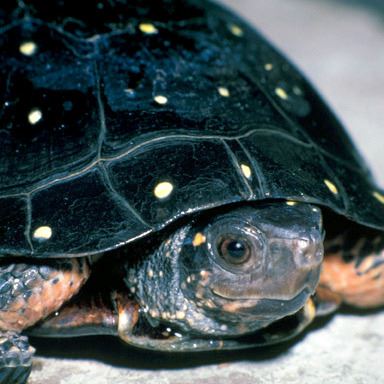Naturalists to Discuss Effects of Climate Change on Reptiles

Animals are being impacted by climate change in a variety of ways: birds are arriving earlier in the spring, insect pests are expanding their ranges and some mammals are entering hibernation later in the fall. Reptiles are particularly vulnerable to these changes.
The Toledo Naturalists' Association and Metroparks will examine the implications of these changes in the latest program of the Natural History Series: Can Reptiles Survive Climate Change? The free program is Saturday September 17 from 7:30 to 9 p.m. in the Secor Room inside the National Center for Nature Photography at Secor Metropark.
University of Toledo professor Jeanine Refsnider will discuss how reptiles are coping with climate change around the world and right here in Toledo.
Reptiles are entirely dependent on the environment around them to regulate their body temperature, and if air temperatures become too warm, reptiles can suffer heat stress or even death.
In many reptiles (including most Ohio turtles), the sex of juveniles is determined entirely by the temperature in the nest during egg incubation. Climate change could result in reptile populations made up entirely of one sex.
The Toledo Naturalists’ Association and Metroparks have teamed up to present natural history programs the third Saturday evening of the month.
Photo by Art Weber: The spotted turtle is a threatened species in Ohio, where its population has declined across the state.